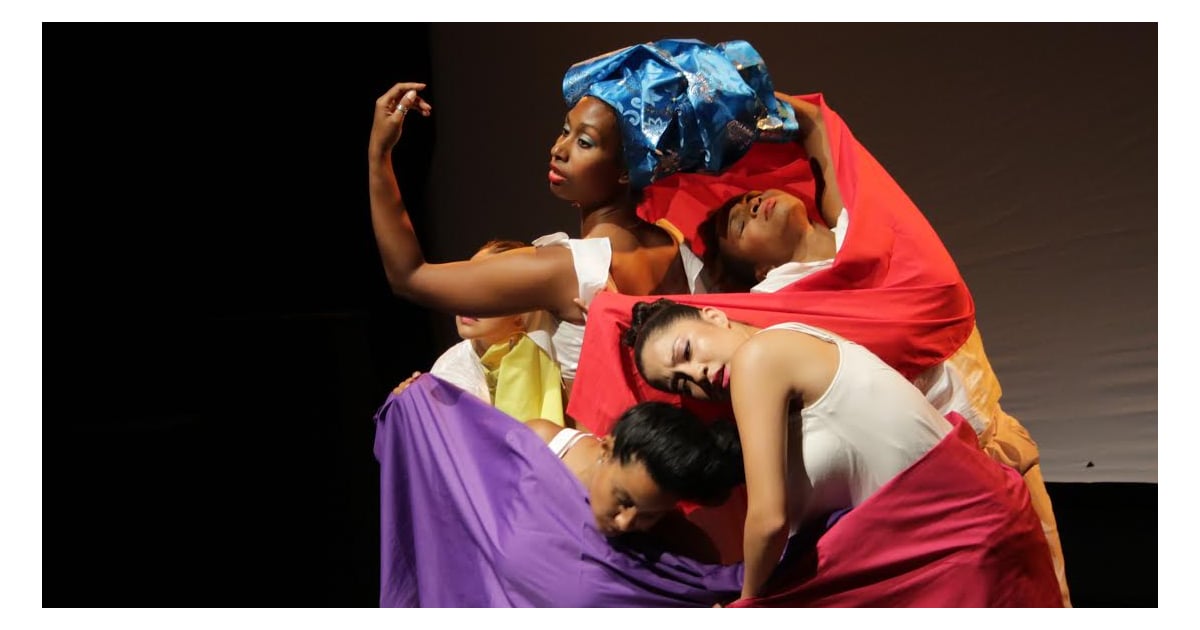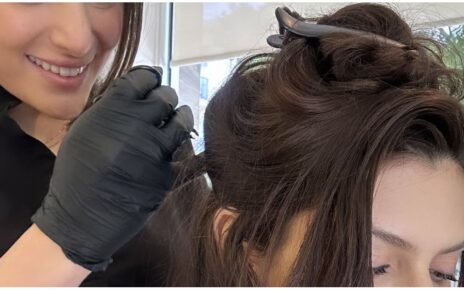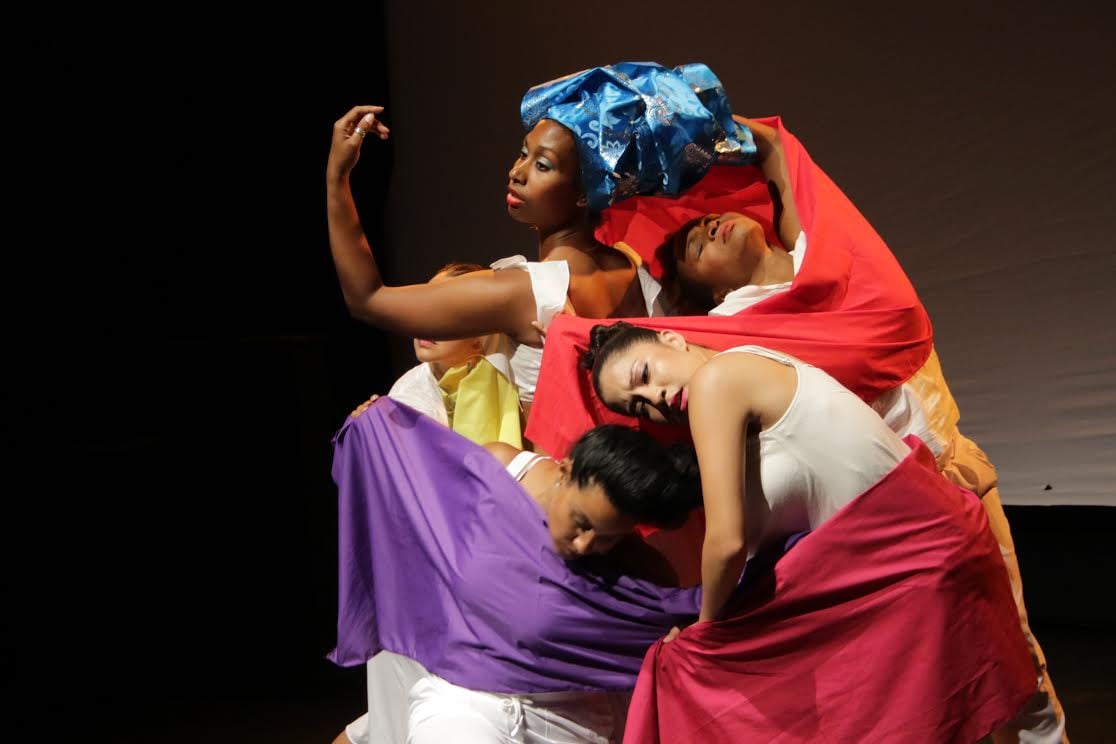
Image Source: Ricardo Muñiz
The journey of African head wraps can be traced back for generations. This cultural, spiritual, and religious symbol made its way from the continent of Africa to the Caribbean and Latin America, influencing spiritual and cultural traditions by way of the Transatlantic slave trade, and across the African diaspora. Through celebration, tragedy, oppression, resistance, and reclamation, the African head wrap has had quite the journey.
Dr. Griselda Rodriguez-Solomon, a first-generation American with Afro-descendent roots in the Dominican Republic, is a social science professor, a Kundalini priestess, and one of the Brujas of Brooklyn. “The Yorubas from Nigeria, the Ga from Ghana — these were our ancestors that would wrap their hair ceremoniously but also as a form of fashion and aesthetics,” she tells POPSUGAR. “And our ancestors being forcibly shipped to this side of the world brought those traditions with them.”
From the “gele” worn by the Yoruba in Nigeria to the “duku” that the Ga in Ghana adorned themselves with, head wraps from across the continent of Africa made their way to the West, taking on a life of their own. In fact, during Black Panamanian Month in Panama, May. 7 is honored as “the day of the head wrap.”
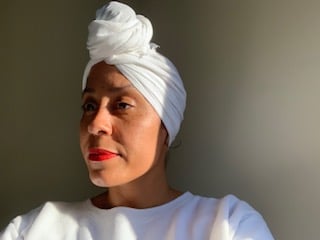
Image Source: Griselda Rodriguez-Solomon, PhD
The Spiritual Significance of the Head Wrap
The legacy of Latinx people wearing head wraps is symbolic of spiritual protection. For example, this is evident with the “misa,” a spiritual gathering practiced in Santería and within the African diasporic religion Candomblé practiced in Brazil. The head wrap is an important part of ceremonial garb.
“The head wrap is covering the most important part of your body. Your head. Your ‘orí,'” Dash Harris, a filmmaker, historian, and facilitator tells POPSUGAR Juntos. “It’s your consciousness. It’s your essence. It’s your destiny.”
Harris is Panamanian and currently lives in Panama with her husband, who is a “Babalawo,” or a priest of Ifa in Afro-Cuban Yoruba or Santería. “I am what they call ‘apetebí ile.’ That means my husband is a Babalawo and I have my protection ceremony,” Harris explains. “I would consider myself a baby [in Santería] because these traditions and people are in it for their life and it’s generational.”
Those generational traditions, beliefs, and practices that stem from African spirituality have held true to the idea of protecting your crown and the importance of doing so. “Wrapping your hair is a way to protect your aura or your electromagnetic field from any incoming low vibratory frequencies that may come in once you open up a space ceremonially,” Dr. Solomon says. She adds how our ancestors believed that low vibratory spirits of souls, which, for example, are in purgatory, would present themselves during the ceremony, making the head wrap protection essential.
“There’s a belief that energy enters through your head and exits through your feet,” she says.
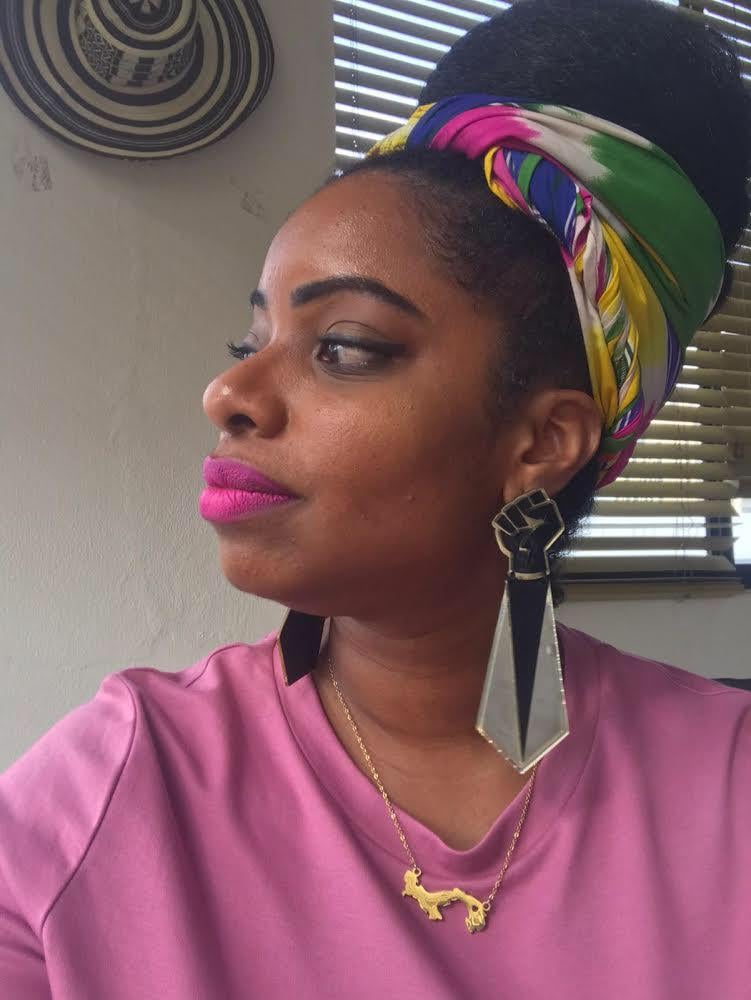
Image Source: Dash Harris
Head Wraps as a Symbol of Oppression
“The reason why head wraps are present till this day is because of African resistance,” Harris says. The tignon laws of Louisiana in the 1700s are an example of Sumptuary laws, which were made for the purposes of controlling excess spending on clothing and other extravagances. Esteban Rodríguez Miró, the Spanish governor of Louisiana in 1786, forced freed African women to wear a tignon headscarf to cover up their beautifully culturally significant and often elaborate hairstyles, as well as distinguish them from the wealthier class.
“The reasoning was due to African women tempting white men,” Harris says. “Basically, victim blaming for the sexual abuse they were receiving from white men and the ruling class in general, and nonblack people, because it wasn’t just limited to white folks who were controlling these areas.”
Dr. Solomon explains how this occurred across the Caribbean by the Spanish colonial powers because from the 16th to the 18th century, people of color outnumbered Europeans there, which is still true today. That fact was a cause of concern for the colonizers, who were fearful the mass of people of color would revolt.
“Some of the ways they would enforce control was by controlling what people did with their bodies, how late they could go out, and what they could wear,” she said. “You have similar codes across present-day Dominican Republic, Haiti, and Puerto Rico, where wrapping your head, though it has a spiritual foundation in our communities, was also associated with enslaved labor.”
It became a part of their uniform. So our foremothers would wrap their heads as protection from the hot sun, and vermin in the field, and to prevent sweat from dripping down their faces. What was once a sacred symbol brought from their homeland was now symbolic of control and a diminishment of Black beauty associated with low-level, enslaved labor. With the advent of the Aunt Jemima icon at the turn of the 20th century, Dr. Solomon says African American women started to distance themselves from wrapping their heads due to its association with slavery. But the journey of the African head wrap did not stop there. It came full circle, returning to the symbolization of its culturally rich origin after a cycle of being relevant, then rejected, then embraced again by Afro-descendants.

Image Source: Ambe Photography
Head Wraps as a Symbol of Resistance
The laws set in place to control how freed African Americans dressed eventually backfired when the same thing that was intended to oppress — a head wrap — was then used as a symbol of resistance.
“As a form of resistance our ancestors started fashioning them with different types of fabric, ribbons, etc.,” Milteri Tucker-Concepcion, director of the Bombazo Dance Company, tells POPSUGAR. Dr. Solomon adds how the freed foremothers with a little wealth who were being told they had to wear a head wrap flipped it around by adding embellished adornments.
“They put feathers and jewels, and they adorned their head wraps to the point where the French in Louisiana then and the Spanish in present-day Santo Domingo started to take on these styles because our foremothers took what was given to them and amplified and glorified it,” Dr. Solomon says.
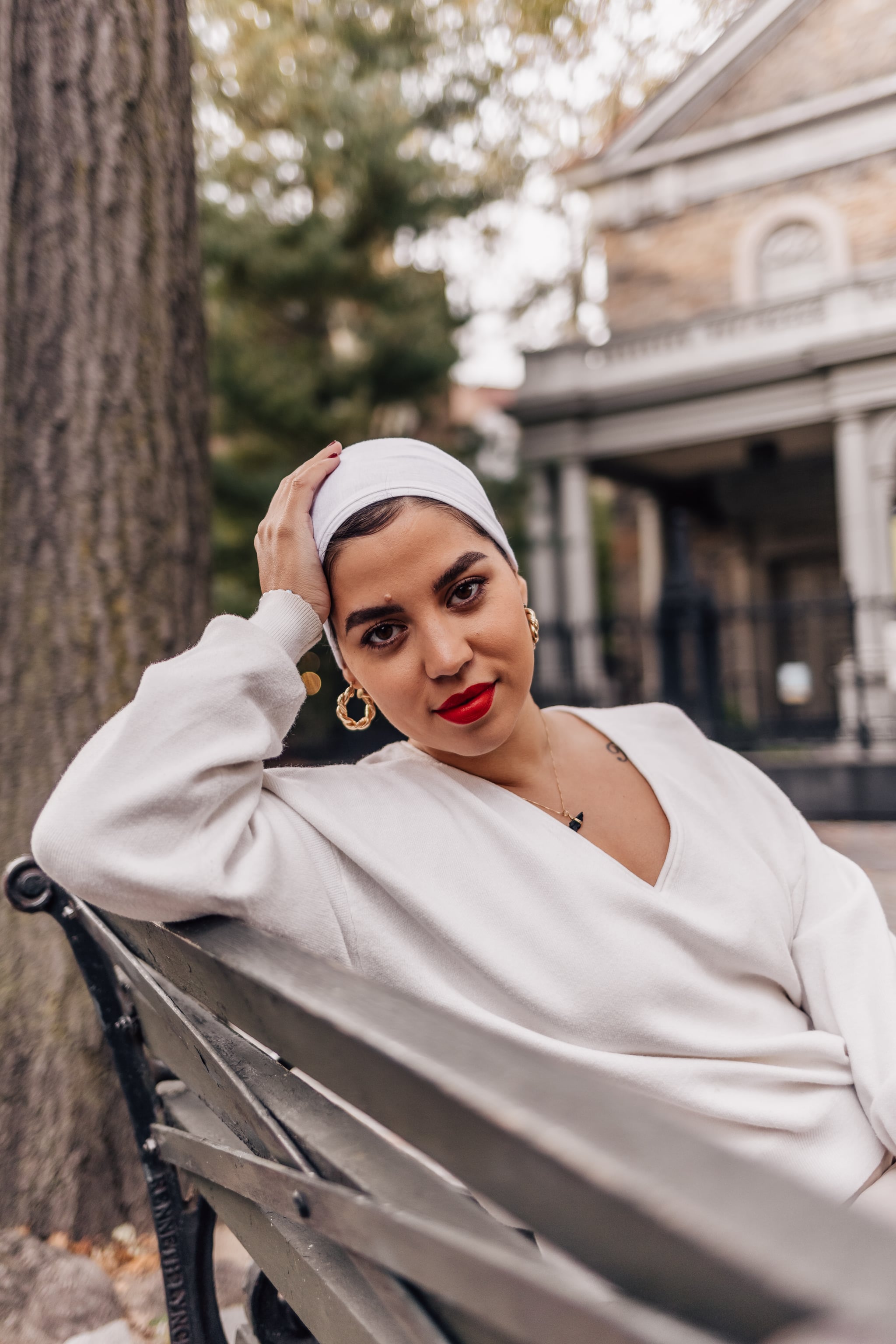
Image Source: Milli Stephania
Reclamation of the Head Wrap
“Wrapping my head is another way that I can honor my African ancestors,” says Melanie Santos, an energy practitioner, spiritual medium, and Kundalini yoga teacher.
Latinx people today, from across many cultures, are embracing the head wrap to symbolize what it stood for in Africa and eventually in the Caribbean and Latin America. “As a first-generation American, an Afro-descendent with roots in Cuba and the Dominican Republic, two countries that have strong connections to the African diaspora, head wraps are a part of my heritage,” Santos explains. “I wear them for protection and also with the utmost respect for what they symbolized for my ancestors, especially being someone with light skin.”
Concepcion adds, “When I wear my head wrap, I carry myself even taller, with pride. I choreographed a dance piece exploring what the head wrap meant to different Latinx and Caribbean women, and the consensus is that it is a fabric of resistance that united us and connects us all back to the motherland —Africa.”
Source: Read Full Article
